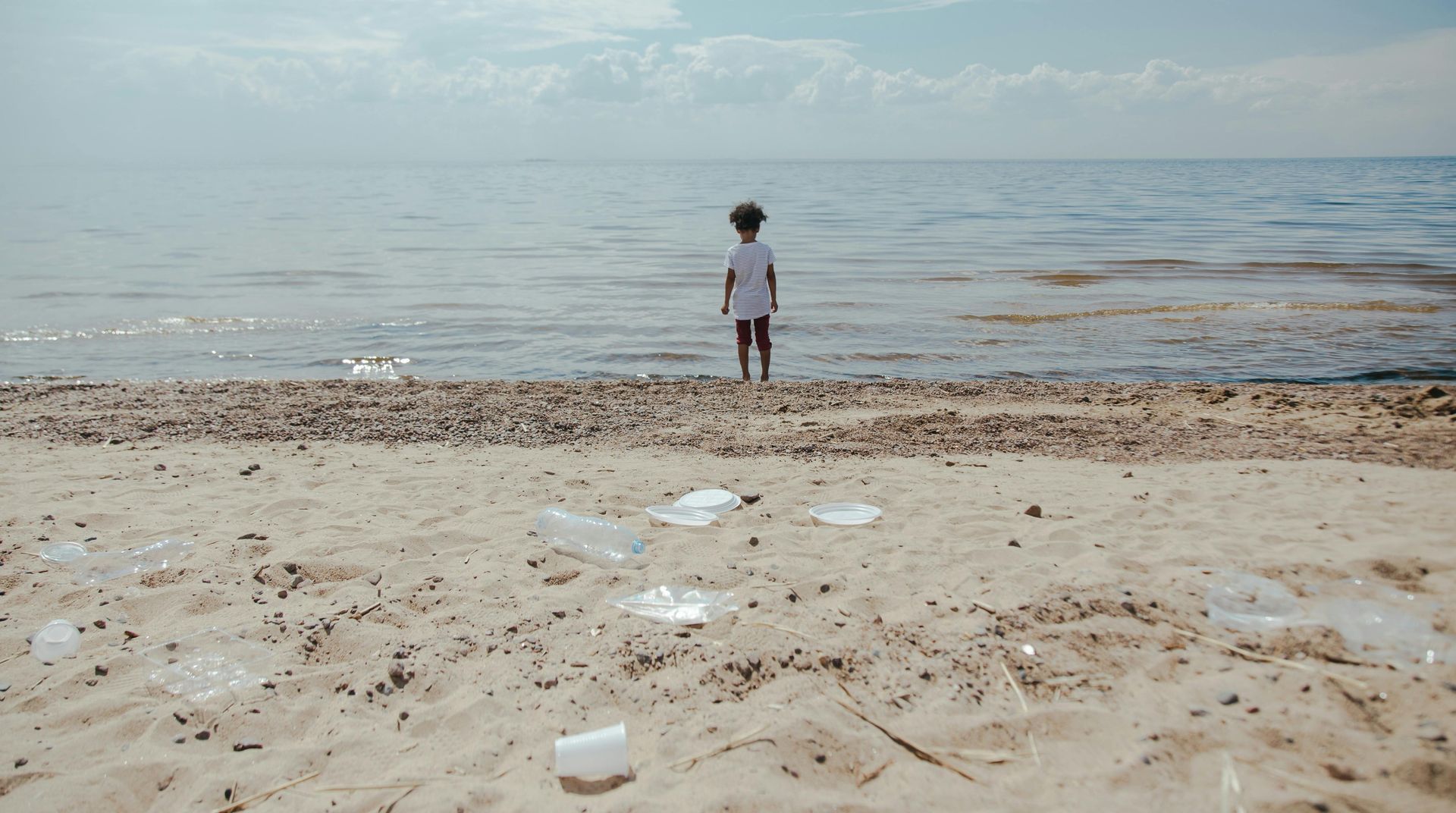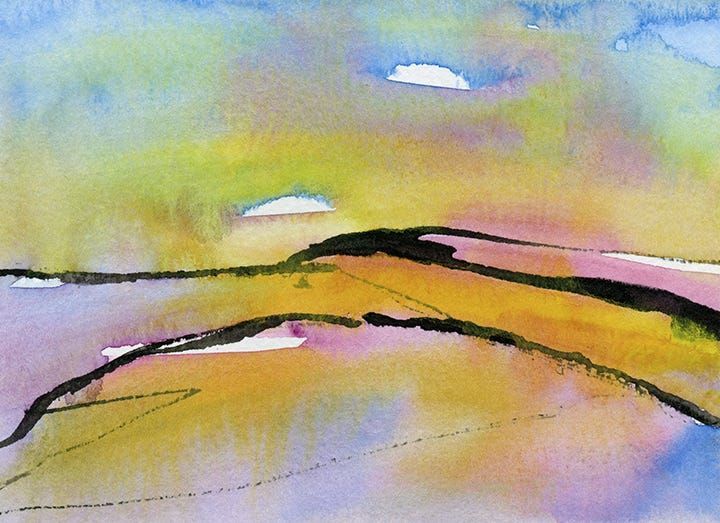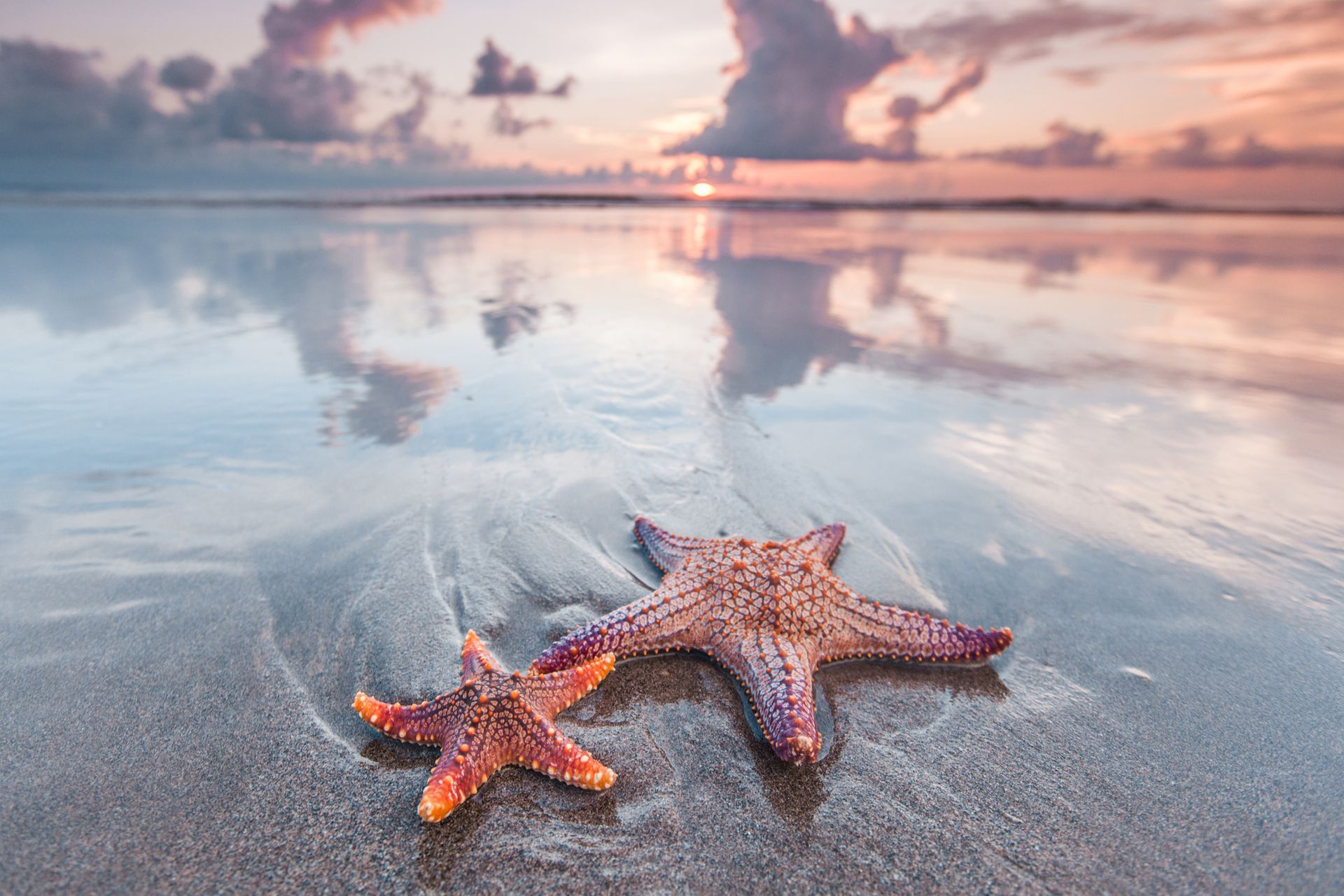Finding Balance Amid Uncertainty

This article explores the cognitive dissonance created by the psychological tension between participating in industrial civilization, all the while, believing in its inevitable downfall (destruction) and how communities navigate and accept this emotionally painful experience.
Leon Festinger’s book, “A Theory of Cognitive Dissonance" (1957) first articulated the observation that Cognitive Dissonance creates emotional distress when our beliefs and actions contradict each other and demand resolution. Psychological discomfort demands resolution by the following principle:
“The general principle seems to be, that people become (learn) to believe in and love the things they have to suffer for.” - Leon Festinger.
(Festinger & Carlsmith’s Cognitive Dissonance Study: https://youtu.be/Q-e2k7QFU0k?si=8kxfWI9Er2ZB6sOE)
Festinger’s work was later expanded by Elliot Aronson in his book, “The Social Animal” (1972). Aronson expanded on Leon Festinger's original theory by emphasizing how dissonance becomes particularly acute when it threatens our self-concept.
According to Aronson, we don't just seek consistency between contradictory cognitions in general, we specifically seek consistency between our actions and our self-view as competent, moral individuals. When our behavior contradicts our self-image, the dissonance is especially painful.
For example, people experience intense discomfort when they participate in environmental destruction, which conflicts with their self-concept as moral beings. Aronson's research shows that when self-concept is threatened, the resulting dissonance produces stronger emotional reactions than mere cognitive inconsistency, and is termed "anxiety, guilt, and eco-grief." These emotional states reflect the psychological tension arising when someone who values environmental stewardship continues participating in systems they know are ecologically harmful.
Aronson's work suggests people in this situation employ various dissonance-reduction strategies:
- Justify their behavior ("my individual actions don't matter much").
- Minimize harm ("the environmental crisis is exaggerated").
- Add consonant cognitions ("I'm helping in other ways").
- Change behavior to align with self-concept (adopt more sustainable practices)
“Collapse anxiety" represents the extreme discomfort that occurs when these dissonance-reduction strategies fail to resolve the conflict between one’s behavior and their moral self-image.
Key Concepts
Collapse Communities Process Cognitive Dissonance In the Following Spaces
Digital spaces, such as, Collapse Club, r/collapse, and Deep Adaptation Forum provide online platforms for those grappling with collapse awareness and cognitive dissonance.
- Members experience daily contradictions: driving cars while understanding fossil fuel impacts, participating in consumer culture while believing it's unsustainable
- Cognitive Dissonance threatens a person’s self-concept and moral integrity, which results in anxiety, guilt, "eco-grief," and "collapse anxiety.”
The Hospice Approach
Rather than seeking impossible solutions, collapse acceptance advocates for a hospice approach to dying.
This perspective, promoted by writers like Carolyn Baker and the Post Carbon Institute, focuses on:
- Providing "good death care" for the dying.
- Preserving specific flora and fauna from extinction.
- Creating spaces for collective grieving and meaning-making.
This approach transforms passive observation into active caregiving and living in the present moment.
Collective Coping Strategies
What distinguishes collapse communities from practical "prepper groups" is their focus on emotional and psychological dimensions. These communities manage cognitive dissonance through:
- Validation and normalization of collapse.
- Knowledge-sharing that provides agency.
- Philosophical reframing to make sense of continued participation in society.
- Creating safe spaces for emotional processing.
Grounding Practices for Resilience
Communities integrate specific psychological techniques to bridge collapse anxiety and present well-being:
- Connecting with nature to reduce rumination.
- Body-based awareness practices like deep breathing and meditation to reduce anxiety.
- Gratitude practices appreciating current comforts.
- Resilience through storytelling about community survival.
Integration Through Practice
Healthy approaches involve regular practices that integrate collapse awareness with emotional resilience:
- Small collective projects that build local community resilience.
- Setting boundaries around collapse concerns.
- Developing practical skills, such as, disaster preparedness.
- Creating ‘ritual spaces’ like grief circles for processing ecological grief.
Cognitive Dissonance becomes particularly painful when it threatens a person’s self-concept. How does one maintain a sense of moral integrity while continuing to participate in a destructive system? The resulting emotional turmoil often includes anxiety, guilt, and what is popularly termed "eco-grief" or "collapse anxiety.”
To summarize, collapse communities are pioneering important ways to develop emotional resilience, by developing psychological tools for navigating contradiction and uncertainty. Their conscious engagement with cognitive dissonance builds resilience and the ability to face difficult realities, while remaining engaged, present, and even grateful.
These stories contain the opinions of the writers and do not necessarily reflect the opinion of Collapse Club members or conveners.
This work is licensed under Attribution-NonCommercial-NoDerivatives 4.0 International
Discuss this post!
If you would like to comment on or discuss this post with others, please join the Collapse Club Facebook Group.
Visit our Facebook Group for interesting links and light-hearted discussion. Check out the Glimmer Chat!





